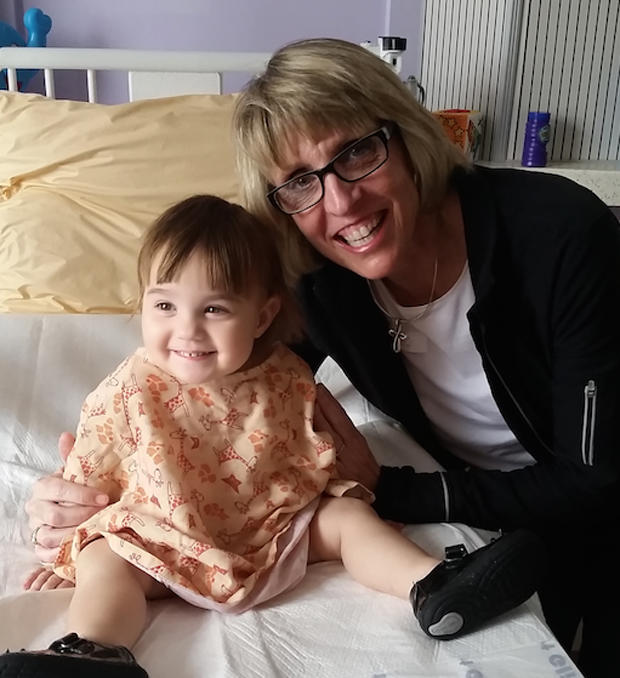|
Kidney failure rates in Singapore continue to rise. Every five hours, one person in Singapore needs a transplant or has to start dialysis.
Last year, about 1,730 people lost the use of their kidneys, up from 1,657 in 2013, latest figures from the Renal Registry show.
The reason? Singaporeans are getting more obese and more are suffering from diabetes, the main cause of kidney failure when not kept in check.
Professor A. Vathsala, head of nephrology at the National University Hospital, said that so long as diabetics are not doing their best to control the progression of the disease, the number of kidney failures will keep rising - a trend that has persisted for more than a decade.
In 2002, 728 people had end-stage kidney disease - about 1,000 fewer than last year. Today, in spite of medication, only 40 per cent of diabetics are able to keep their blood sugar levels in check. "This means six in 10 don't meet their target," Prof Vathsala said.
Dr Chionh Chang Yin, head of renal medicine at Changi General Hospital (CGH), calls diabetes an epidemic that needs a concerted approach at multiple levels.
"It begins with health policies and movements against poor dietary habits, obesity and sedentary lifestyle, which contribute to the diabetes epidemic," he said.
Early detection and control of the condition are key to preventing complications such as kidney failure, he noted.
The Renal Registry's interim report for 1999-2014 said a total of 5,912 people were receiving dialysis at the end of last year - about 500 more than in 2013.
To deal with the rising numbers, at least one new dialysis centre had to be set up every year for the past few years.
It noted that most who turned to dialysis were Chinese (67 per cent) but "the proportion had increased among Malays (from 16.6 per cent in 1999 to 24.5 per cent last year) and Indians (from 6.2 per cent in 1999 to 8.8 per cent last year)".
Dr Adrian Liew, head of renal medicine at Tan Tock Seng Hospital, said that compared with the Chinese, Malays had a 42 per cent higher risk of kidney failure and Indians had 14 per cent lower risk.
Lifestyle differences could account for this. For example, smoking in Singapore is lowest among Indians and highest among Malays. Similarly, Indians do the most exercise and Malays the least.
As a result, Malays, especially Malay women, are more obese - a major risk factor in getting diabetes.
What is worse, Malay diabetics tend to seek treatment later. By this time, a lot of damage has already been done.
Prof Vathsala advocated treating obesity aggressively, as one in nine people here is obese.
A study of more than 57,000 diabetic patients at the nine National Healthcare Group (NHG) polyclinics from 2006 to 2009 found that half had diabetic kidney disease, the precursor of kidney failure.
This is higher than in most other countries, including the United States, where the proportion is 32 per cent.
The NHG polyclinics have been proactive in "optimising therapy" for diabetics and those at risk earlier, Prof Vathsala said. This includes getting them to lose weight by eating properly and exercising regularly. "Food cannot be the centre of our existence," she said. (***)
|
 Log in to explore the world's most comprehensive database of dialysis centres for free!
Log in to explore the world's most comprehensive database of dialysis centres for free!  Professional dialysis recruitment
Professional dialysis recruitment

 Clara with her grandmother, Cindy Smith. Boddie family photo
Clara with her grandmother, Cindy Smith. Boddie family photo Baby Clara with her grandmother at the beach. Boddie family photo
Baby Clara with her grandmother at the beach. Boddie family photo

